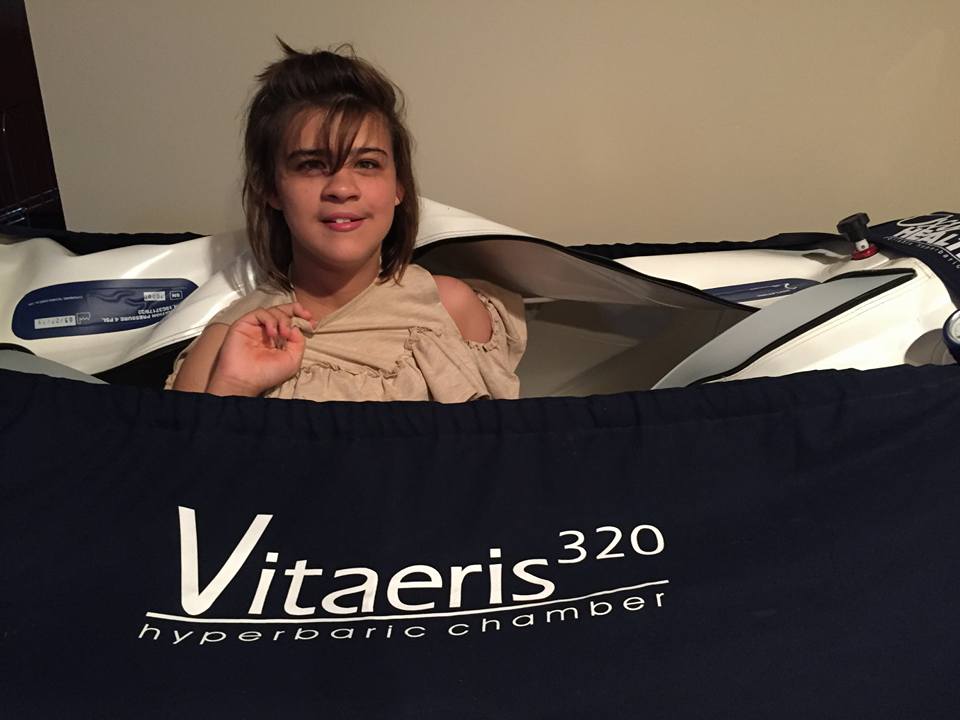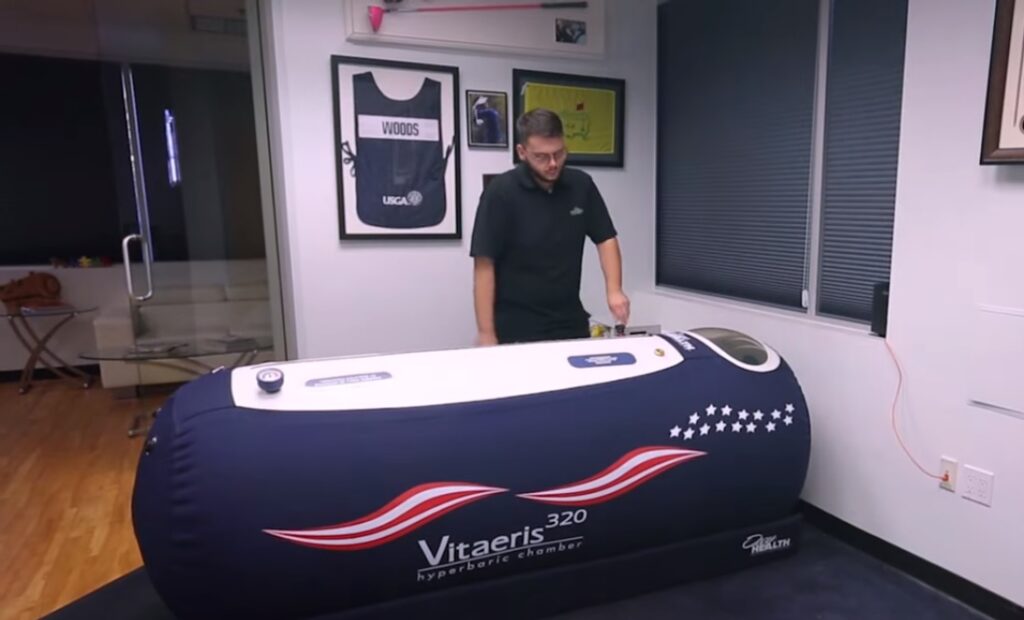HBOT therapy and HBOT chambers have delivered positive results in improving conditions of people diagnosed with autism, gas embolism, diabetes, Alzheimer’s disease, multiple sclerosis, high-altitude sickness and stroke. The method of administering hyperbaric oxygen therapy is as follows- patients are asked to lie in a transparent bedchamber, the pressure of which is gradually increased to a full 100%. The patients are asked to breathe in pure oxygen while lying in the chamber during the allotted period.
There are two types of HBOT chambers, namely monoplace and multiplace chambers. Here is a short assessment of monoplace HBOT chambers.
These chambers have the capacity of treating one patient at a time. The pressure of oxygen is increased to the maximum level, and there are intermittent ‘air breaks’ in between the session to allow the patient to breath in normal air in order to avoid oxygen toxicity.
There has been much change in the choice of the manufacturing material of these chambers as well. Previously, metal walls for used for the outer surface, but now, manufacturers build this pressure-safe, acrylic-tube with a transparent outer surface cover to allow the test administrators to view their patients at all times. The transparent chambers also prevent the growing feeling of claustrophobia within the patients during an ongoing therapy session.

Modern monoplace HBOT chambers have an emergency system in place to quickly decompress them. Since the entire chamber is compressed with oxygen, there is no need for the patients to wear a hood or mask. The patients either recline or lie down completely. Medical teams monitor the patient from the outside and therefore these chambers are not suited for those who need constant assistance and guidance. But, if the patient is a child, then the parents or caregiver can accompany him/her inside the chamber.
Patients are required to wear a particular kind of attire for this therapy. Also, they are not allowed to carry anything inside. There are ports in the vessel wall that allow clinicians to transfuse IV-pumps and electric monitors into the chamber to control the pressure-level. The test administrators can communicate with the patient via intercom.
In monoplace chambers, the method of treatment is based on a unique protocol. Also, it is more hygienic, as the chances of passing on is greatly minimized in monoplace chambers.




